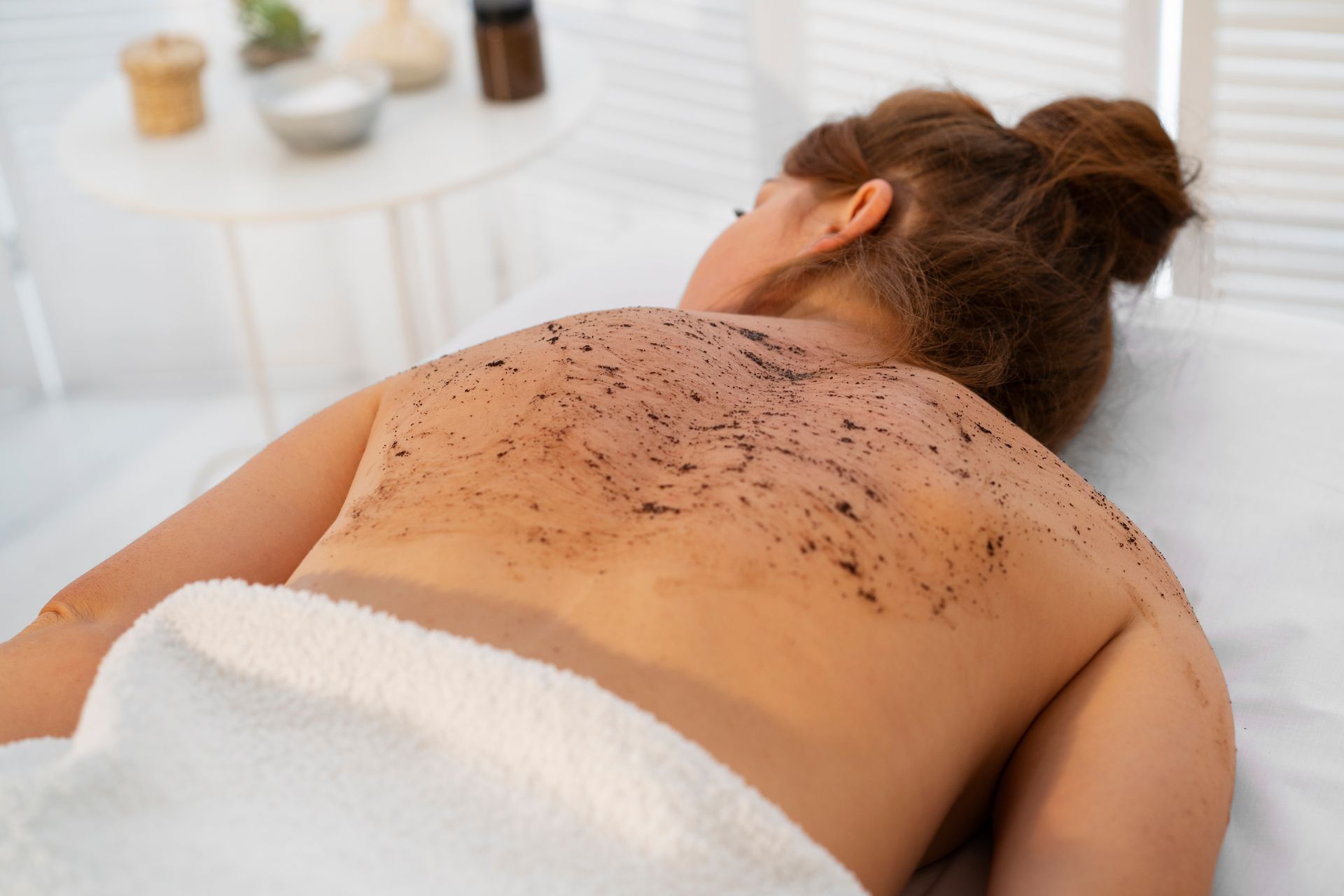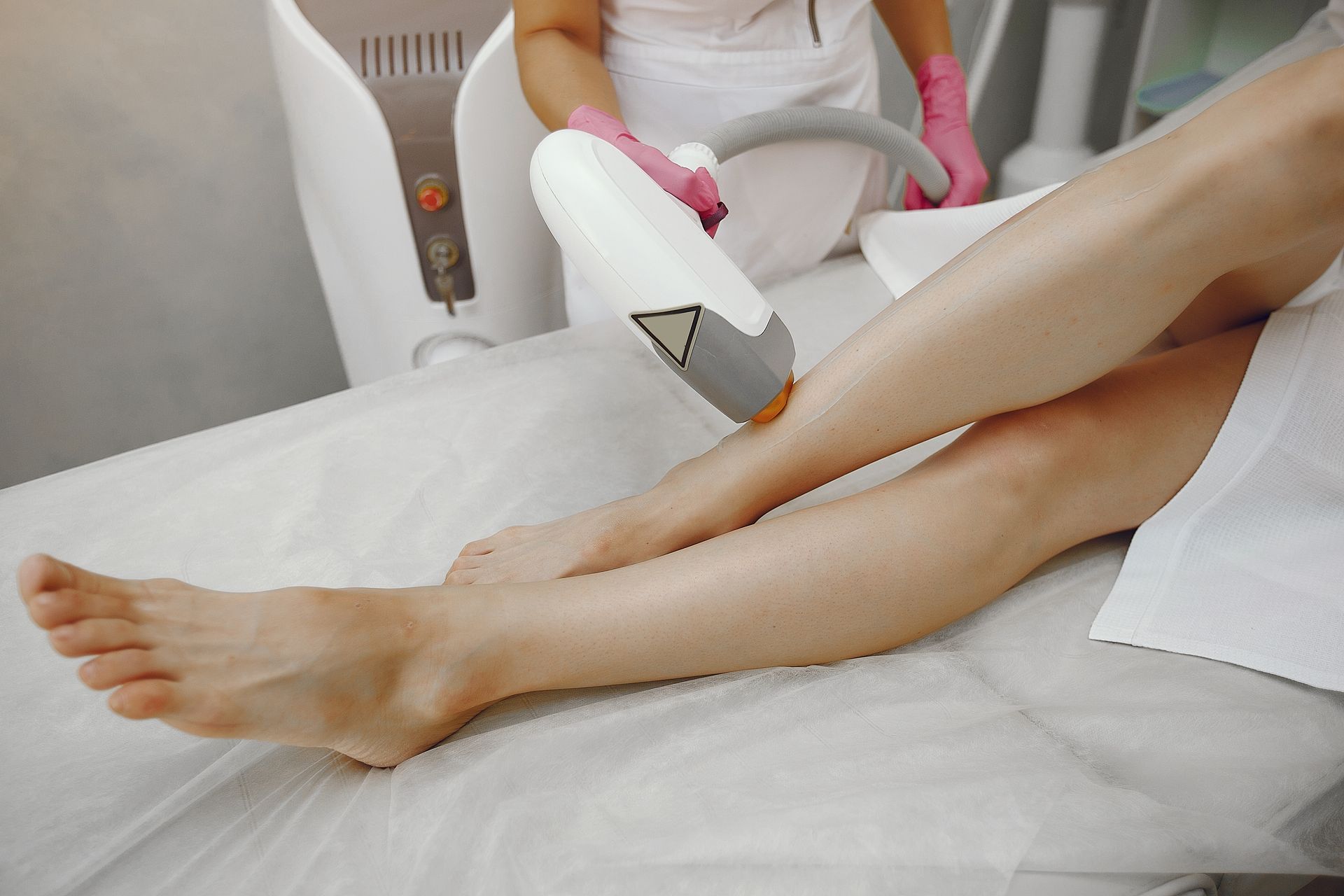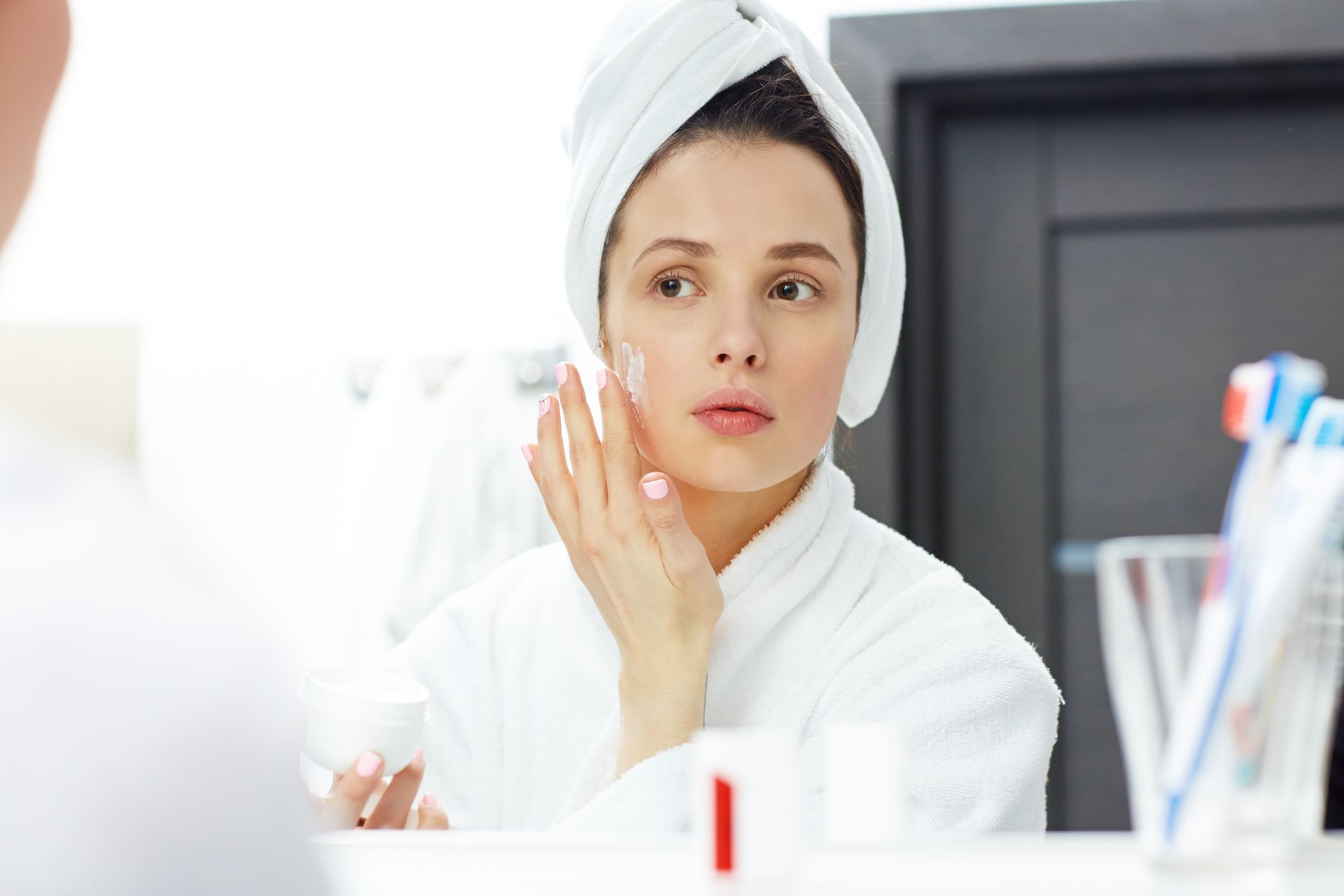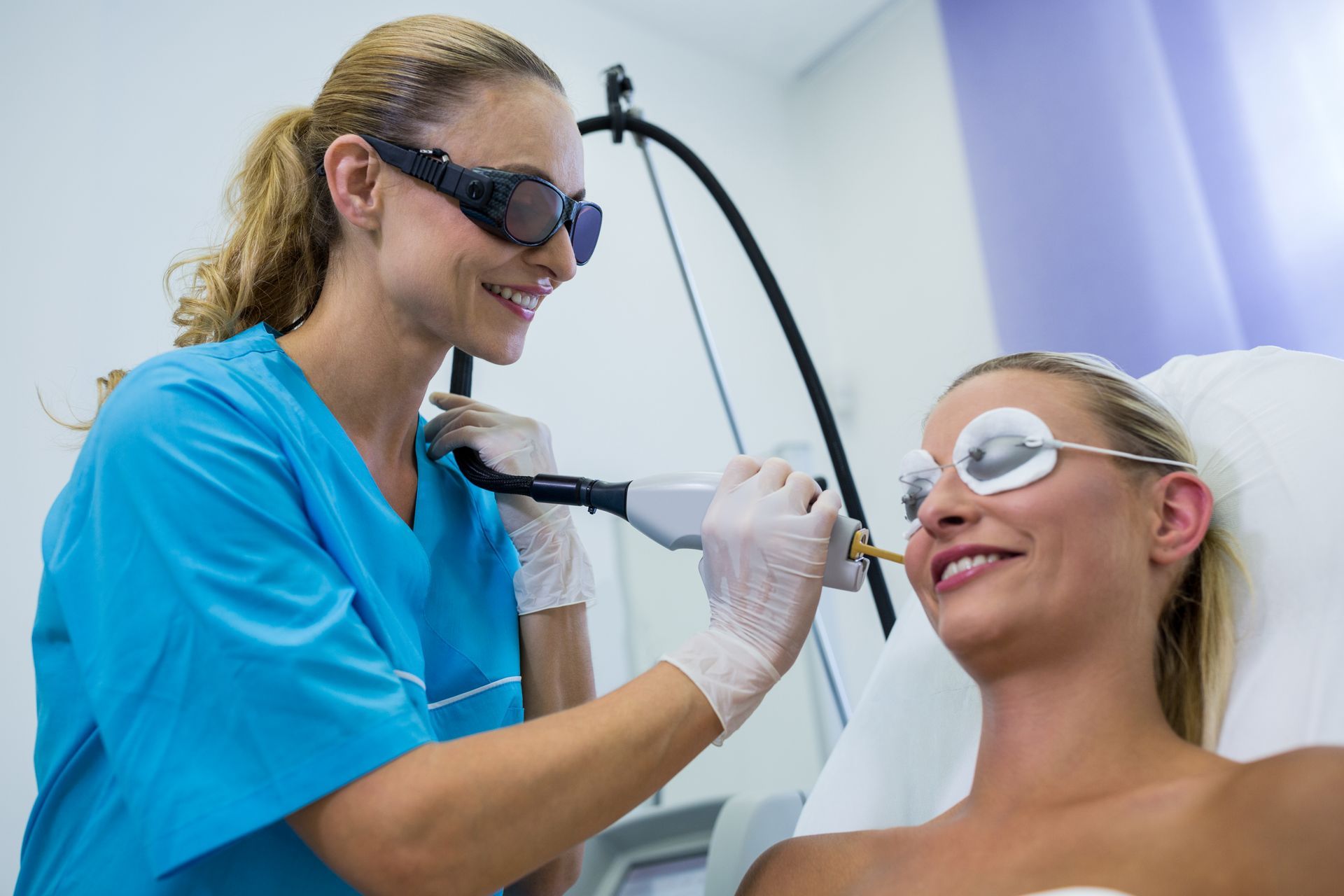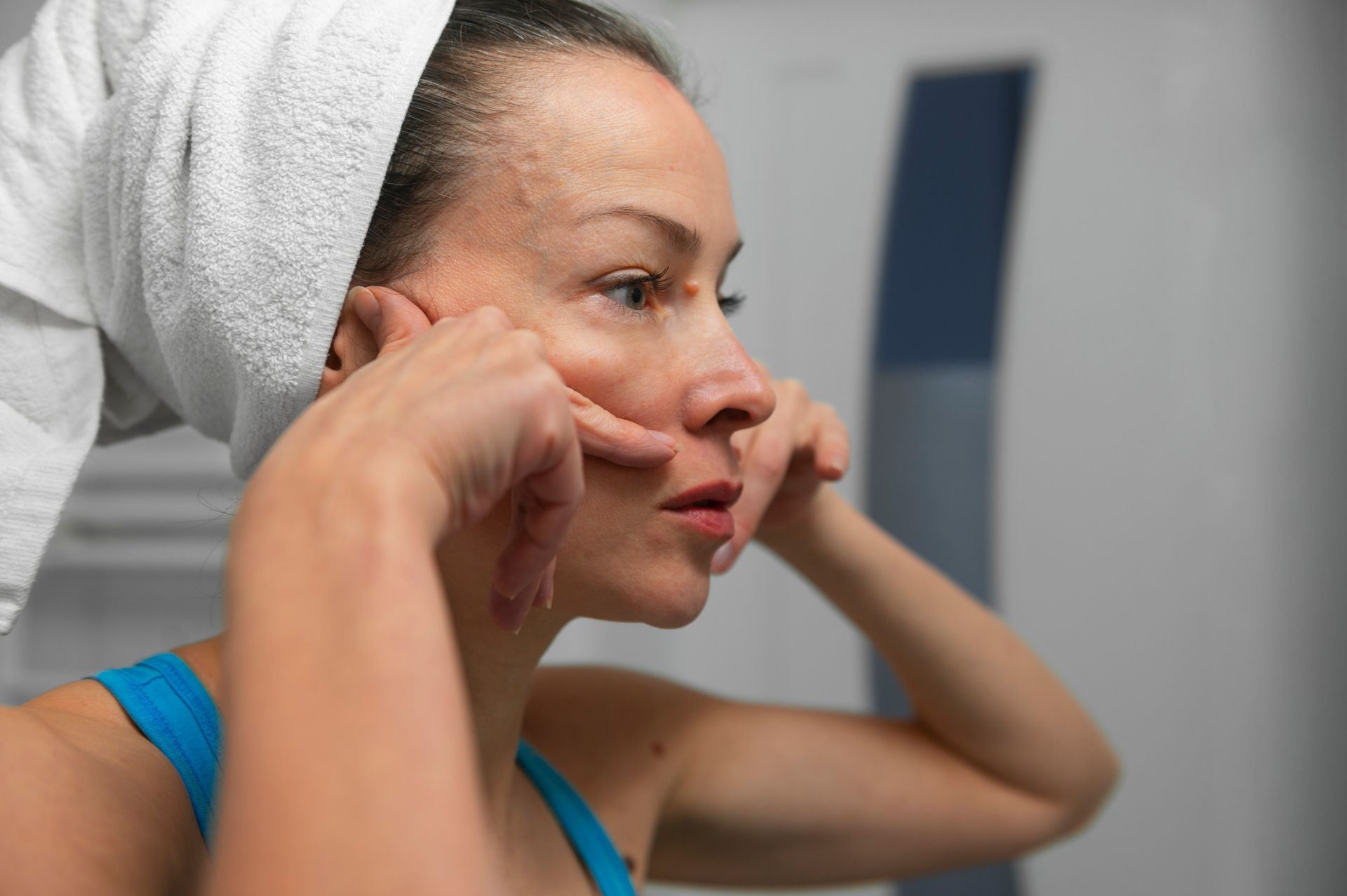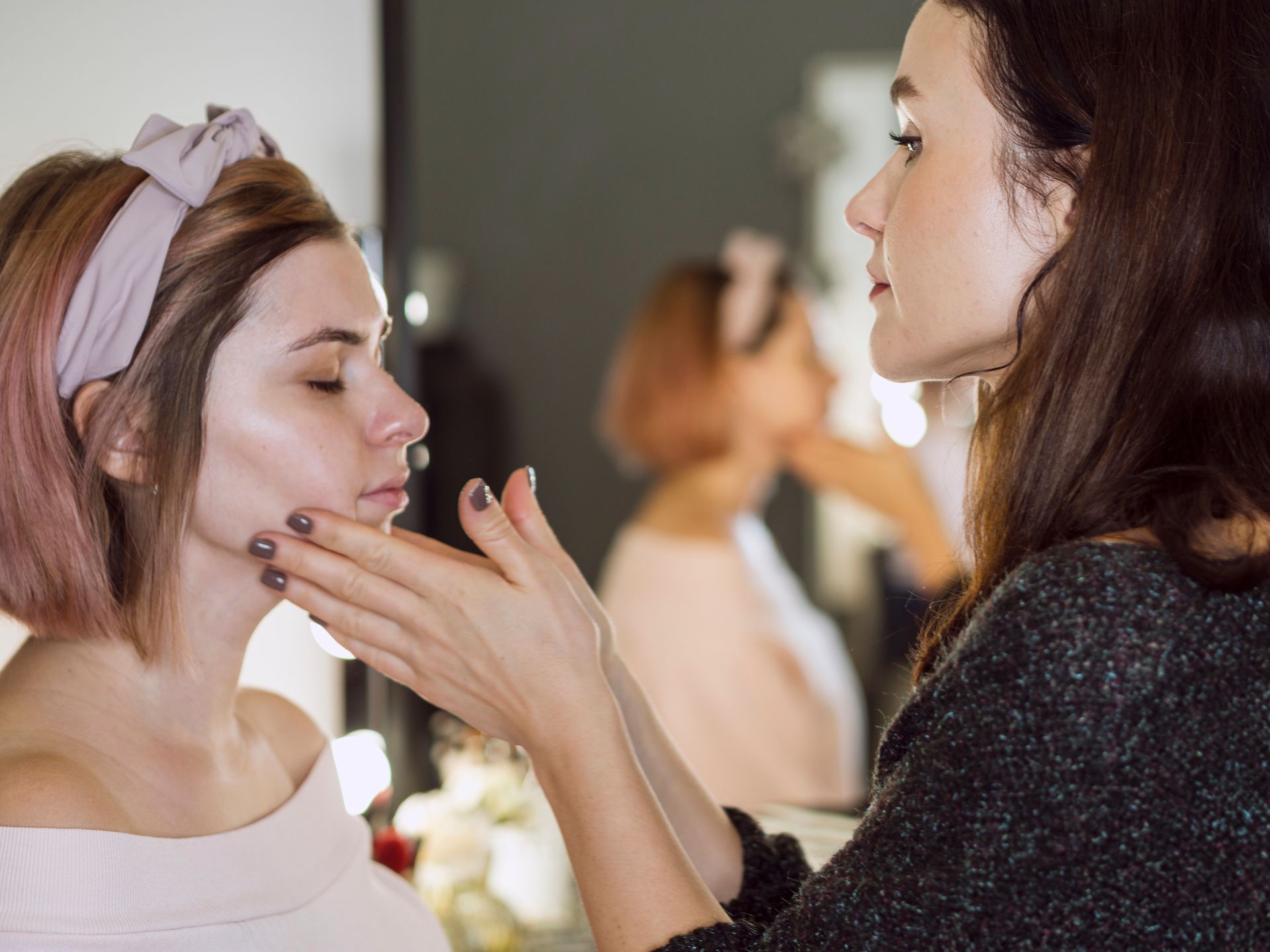Is Laser Hair Removal Dangerous?
The use of laser hair removal has become increasingly popular as a long-term solution for unwanted hair. However, concerns about its safety and potential risks often arise. In this comprehensive article, we will delve into the safety aspects of laser hair removal, examining the potential dangers and how to mitigate them. By the end of this article, you will have a clear understanding of whether laser hair removal is a safe option for you.
A Guide To Laser Hair Removal
Laser hair removal is a cosmetic procedure that uses concentrated beams of light (lasers) to target and destroy hair follicles. The pigment in the hair absorbs the light, which in turn damages the follicle and inhibits future hair growth. This method is effective for removing hair from virtually any part of the body, including the face, legs, arms, underarms, and bikini area.
The Science Behind Laser Hair Removal
The laser emits a specific wavelength of light that is absorbed by the melanin (pigment) in the hair. This energy is converted into heat, which then damages the hair follicle. It's crucial to note that the effectiveness of laser hair removal depends on the contrast between the color of the skin and the hair. Typically, those with lighter skin and darker hair achieve the best results, though advances in technology have made the procedure more accessible to various skin and hair types.
Common Concerns and Risks
Skin Irritation and Redness
One of the most common side effects of laser hair removal is skin irritation. This can include redness, swelling, and minor discomfort in the treated area. In most cases, these symptoms subside after a few hours to a few days. To minimize irritation, it is recommended to apply soothing lotions or aloe vera gel and avoid sun exposure immediately after the treatment.
Pigment Changes
Another potential risk is pigment changes in the skin. The result can be either hyperpigmentation (darkening of the skin) or hypopigmentation (lightening of the skin). These changes are typically temporary but can become permanent in rare cases. The risk of pigment changes can be reduced by choosing a qualified and experienced practitioner who can adjust the laser settings according to your skin type.
Eye Injury
Since laser hair removal involves the use of concentrated light, there is a risk of eye injury if proper protective measures are not taken. Both the patient and the practitioner should wear protective eyewear to shield the eyes from accidental exposure to the laser beam.
Blistering and Scarring
Although rare, blistering, scarring, and burns can occur, particularly if the procedure is not performed correctly. To prevent such complications, it is essential to choose a reputable clinic with trained and experienced professionals.
Minimizing Risks and Ensuring Safety
Choosing the Right Clinic
The safety and success of laser hair removal significantly depend on the quality of the clinic and the expertise of the practitioner. It is crucial to research and select a licensed clinic with certified professionals who have a proven track record in laser hair removal. Reading reviews, asking for before-and-after photos, and checking credentials can help in making an informed decision. For those seeking exceptional care, Huggie Beauty is a top choice, known for its licensed and highly skilled practitioners, excellent reviews, and impressive portfolio of successful treatments.
Pre-Treatment Consultation
A thorough pre-treatment consultation with the practitioner is essential. During this consultation, your skin type, hair color, medical history, and any previous skin reactions should be assessed to determine your suitability for the procedure. This is also an opportunity to discuss any concerns and understand the potential risks and benefits.
Following Post-Treatment Care
Adhering to the post-treatment care instructions provided by the practitioner is vital for minimizing side effects and ensuring optimal results. This may include avoiding sun exposure, not using tanning beds, applying recommended creams or lotions, and avoiding hot baths or saunas for a specified period.
Advancements in Technology
Recent advancements in laser technology have made the procedure safer and more effective for a broader range of skin and hair types. Newer lasers, such as the Nd and diode lasers, offer better precision and control, reducing the risk of side effects and improving results.
Cooling Techniques
Many modern laser hair removal devices are equipped with cooling systems that help to protect the skin and reduce discomfort during the procedure. These systems can include cooling gels, cryogen sprays, or contact cooling through the laser handpiece itself.
Multiple Laser Options
Different types of lasers are suited to different skin tones and hair types. For example, the Alexandrite laser is often used for lighter skin tones, while the Nd laser is more effective for darker skin tones. Using the appropriate laser type can significantly enhance safety and efficacy.
Who Should Avoid Laser Hair Removal?
While laser hair removal is generally safe, certain individuals should exercise caution or avoid the procedure altogether. This includes:
- Pregnant women: Due to the lack of research on the effects of laser hair removal on unborn babies, it is generally advised to avoid the procedure during pregnancy.
- Individuals with certain skin conditions: Those with active skin infections, rashes, or open wounds in the treatment area should postpone the procedure until these conditions have healed.
- People taking certain medications: Some medications can make the skin more sensitive to light, increasing the risk of adverse reactions. It is important to disclose all medications during the pre-treatment consultation.
Conclusion
While laser hair removal is not without risks, it is generally considered a safe and effective method for long-term hair reduction when performed by a qualified professional. By choosing the right clinic, following pre- and post-treatment care instructions, and staying informed about the procedure, you can significantly reduce the potential for side effects and enjoy the benefits of smooth, hair-free skin.
BOOK YOUR FREE SESSION
